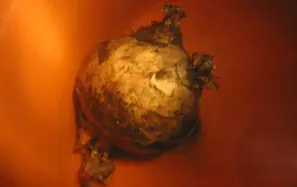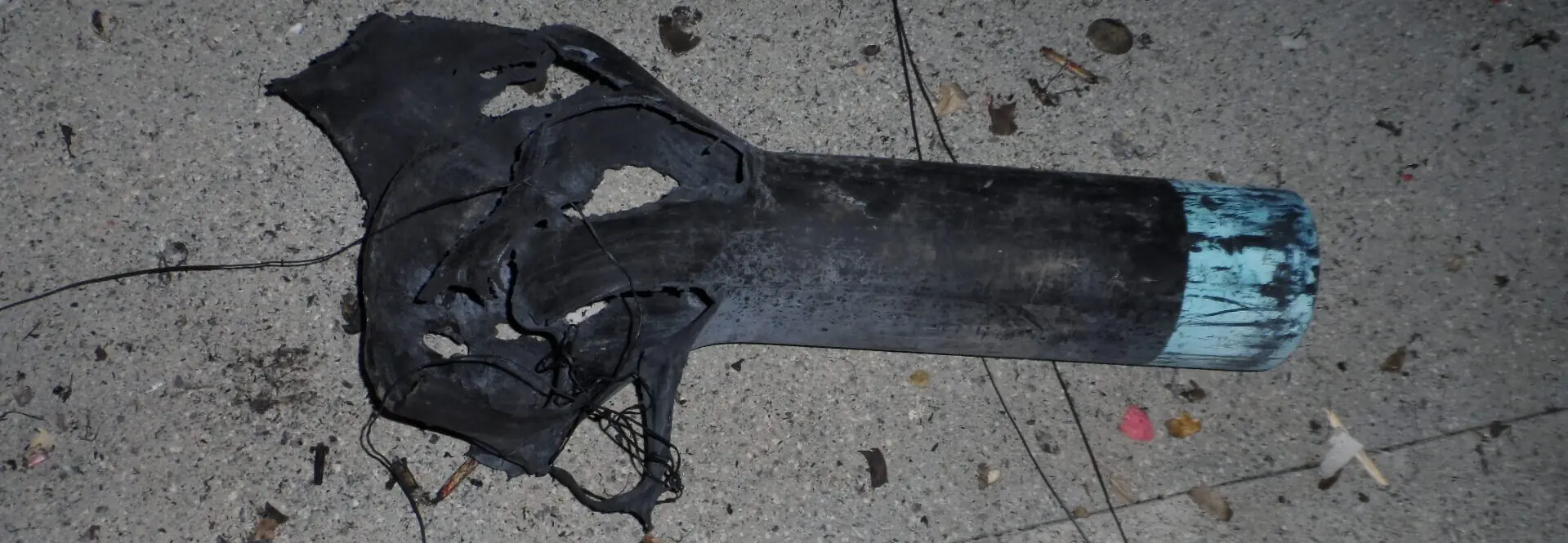Take me back to what to know my first fireworks show
Fireworks Malfunctions
Dud
A shell (or any device for that matter) that leaves the mortar, but fails to function in the air coming back down unexploded. Smaller caliber shells typically look like burnt tennis balls when you find one on the ground. Larger shells can break apart upon impact with the ground and be split open when you find them.
Misfire
A misfire occurs when fire has been presented to a device, and the device fails to function entirely, not ever leaving the tube.
Low Break / Muzzle Break
A low break is anytime an aerial firework explodes outside of the mortar, but not at the intended height. A muzzle break is just a special case of this when it explodes immediately after leaving the mortar.
Hangfire
A hangfire occurs when fire has been presented to a device, the device fails to function during the show but continues to smolder, and fires at some point after the show. Hangfires are very dangerous, as it is not always apparent that a device is still live in the mortar at the end of a show. Hangfires have been known to happen even 30 minutes after a display has finished. Because of this, it is imperative that the crew stays clear of all the mortars until the operator in charge has finished his inspection and gives an “all clear.” Always check your finale racks last as they are the most likely to have a hangfire.
Mortar Detonation
To be clear, fireworks typically don’t detonate, they deflagrate, so this term is not always an accurate representation of what happens, but is the slang used at shows to encompass an aerial firework shell exploding upon initiation and destroying the mortar. This can take adjacent mortars / racks with it. Watch our video on the different types of explosives for clarification on a “detonation.”
Flower Pot
When an aerial firework shell explodes in the mortar, but the mortar contains the explosion, the effect will look like a fireworks mine, where all of the stars from the shell are projected upwards out of the mortar, looking similar to flowers in a pot.

Fireworks Dud

Mortar Detonation
Bottom Line
There are reasons for regulated distances to audiences when a display is being performed, you have to assume there will be a malfunction and plan for them to be handled safely. This is also a reason for the crew’s safety gear and distance requirements when discharging a show. Fireworks are explosives, and they do unpredictably malfunction from time to time for several different reasons. As long as you are following federal, state, and local rules & regulations, along with common sense and good judgment, everyone in the audience and crew remain safe, despite a malfunction occurring.
The licensed operator in charge will have and review an emergency plan for all of the above scenarios with his/her crew and the local fire authority having jurisdiction.


